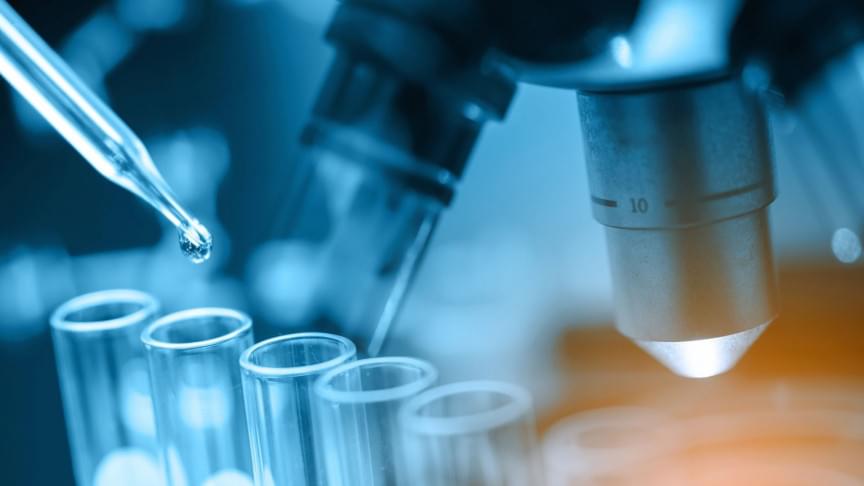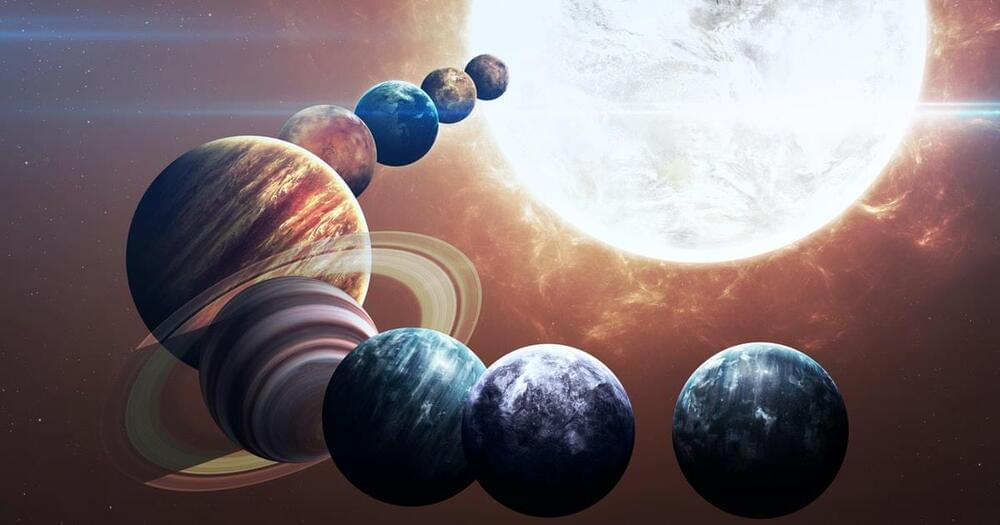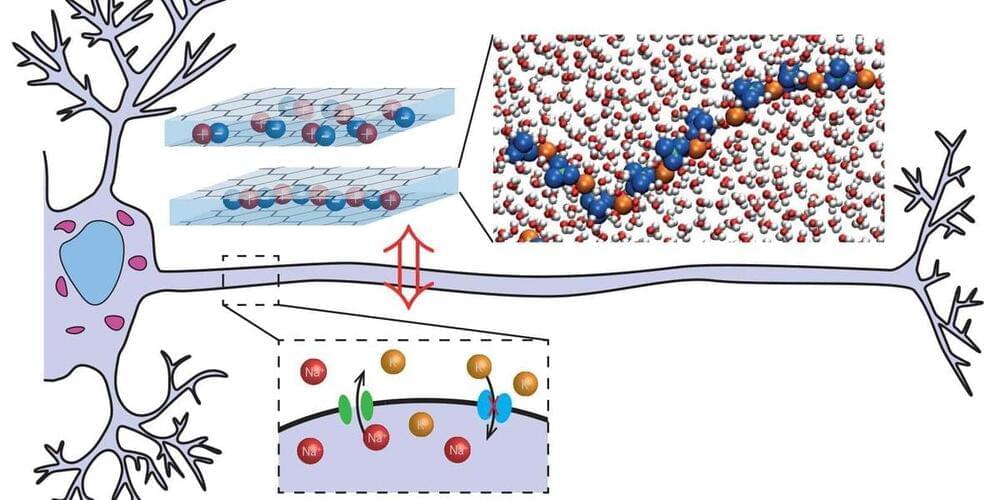Good info.
Nobody is exempt from misunderstanding scientific concepts and/or applying them incorrectly. Statistics from the National Science Board show that Americans scored an average of 5.6 over 9 true-or-false and multiple-choice science-related questions in 2016. Because of the low number of questions, the study is better at differentiating low and medium levels of knowledge than those with higher levels of knowledge. However, the results weren’t much different in previous studies, suggesting that Americans generally have had the same basic levels of science literacy since the beginning of the century.
In this context, we’d like to clear up and emphasize the distinctions between scientific hypothesis, theory, and law, and why you shouldn’t use these terms interchangeably.
Hypothesis: the core of the scientific method
The scientific method is an empirical procedure that consists of systematic observation, measurement, and experiment, and the formulation, testing, and modification of hypotheses. It’s a process that’s meant to ensure that the collection of evidence, results, and conclusions are not biased by subjective views and can be repeated consistently by others.









